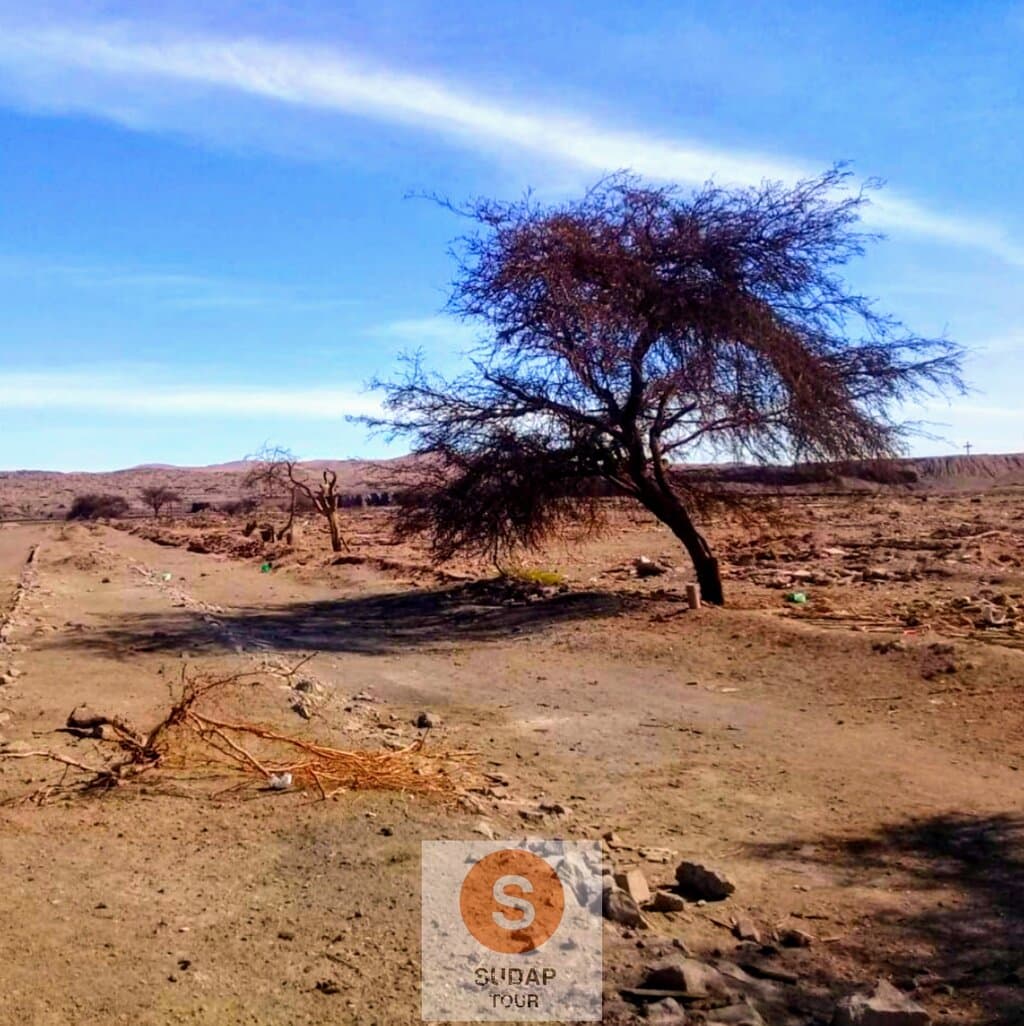
Pampa del Tamarugal National Reserve
A vast desert reserve protecting unique tamarugo forests and ancient geoglyphs, offering incredible stargazing.
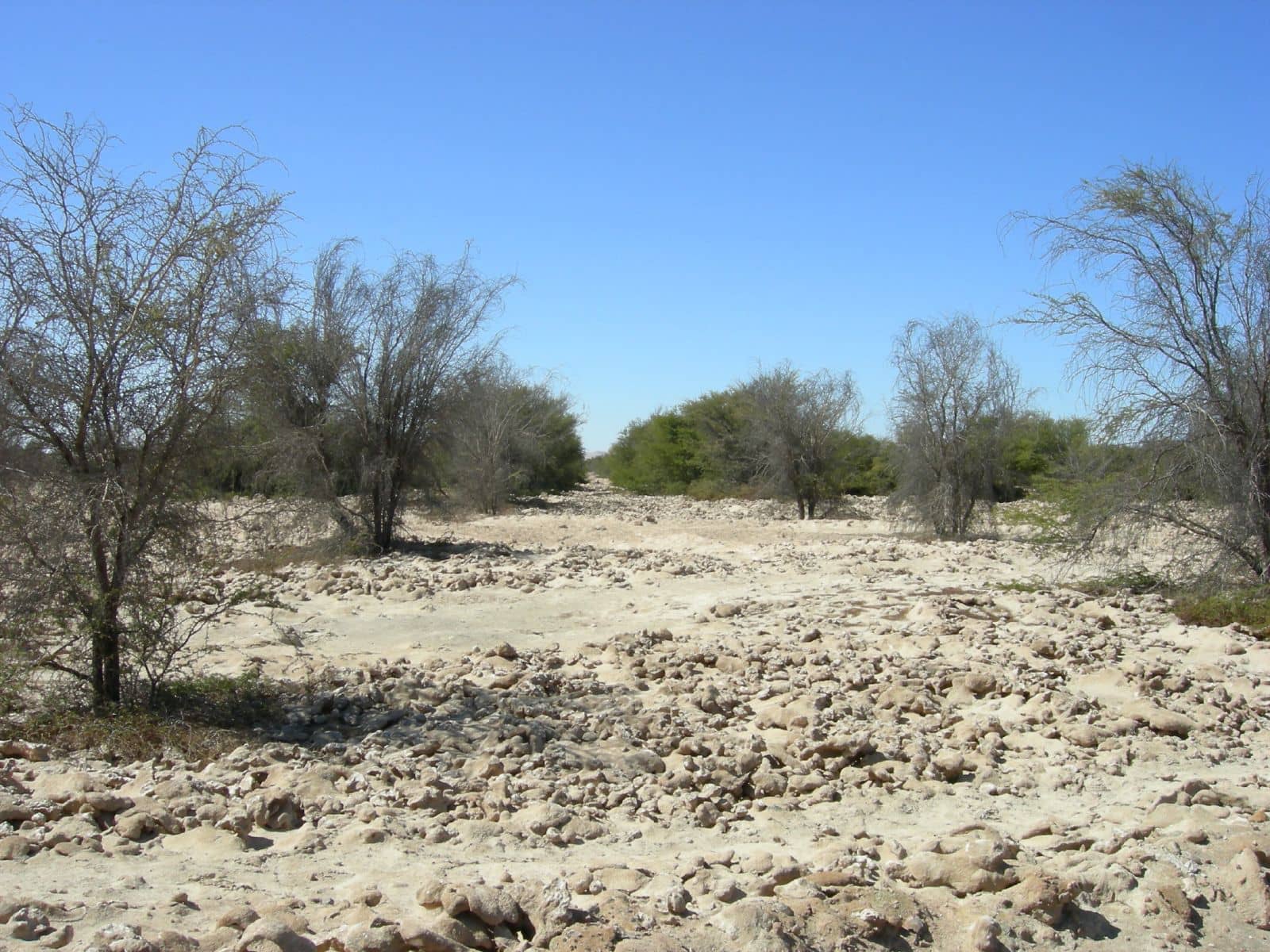
Highlights
Must-see attractions
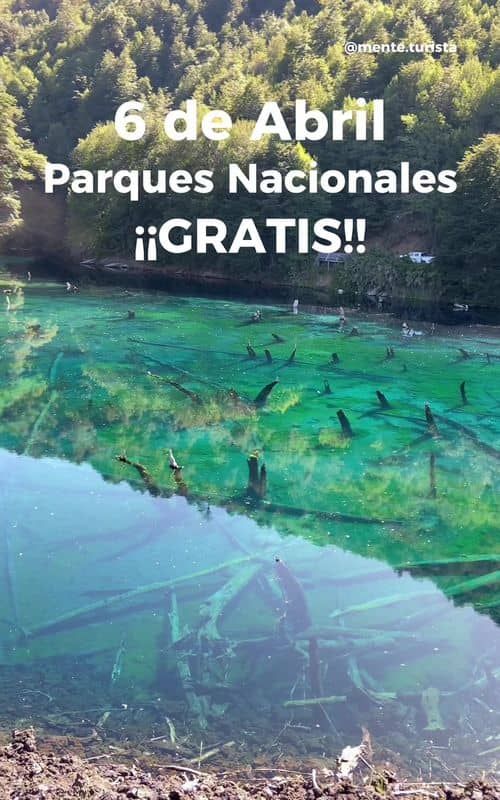
Social
From TikTok & Reddit
Best Time
Pleasant temperatures, ideal for exploring

Pampa del Tamarugal National Reserve
Best Time
Pleasant temperatures, ideal for exploring

Highlights
Must-see attractions
A vast desert reserve protecting unique tamarugo forests and ancient geoglyphs, offering incredible stargazing.
"An extreme contrast, so many Tamarugo trees in the middle of the desert. Worth a visit!"
💧 Bring Plenty of Water
The desert is extremely dry. Carry more water than you think you'll need to stay hydrated.
☀️ Sun Protection is Key
High SPF sunscreen, hats, and sunglasses are essential due to the intense desert sun.
Highlights
Discover the most iconic attractions and experiences

Tamarugo Forests
Throughout the reserve
Vast expanses of resilient tamarugo trees thriving in the arid desert, a testament to nature's adaptability.
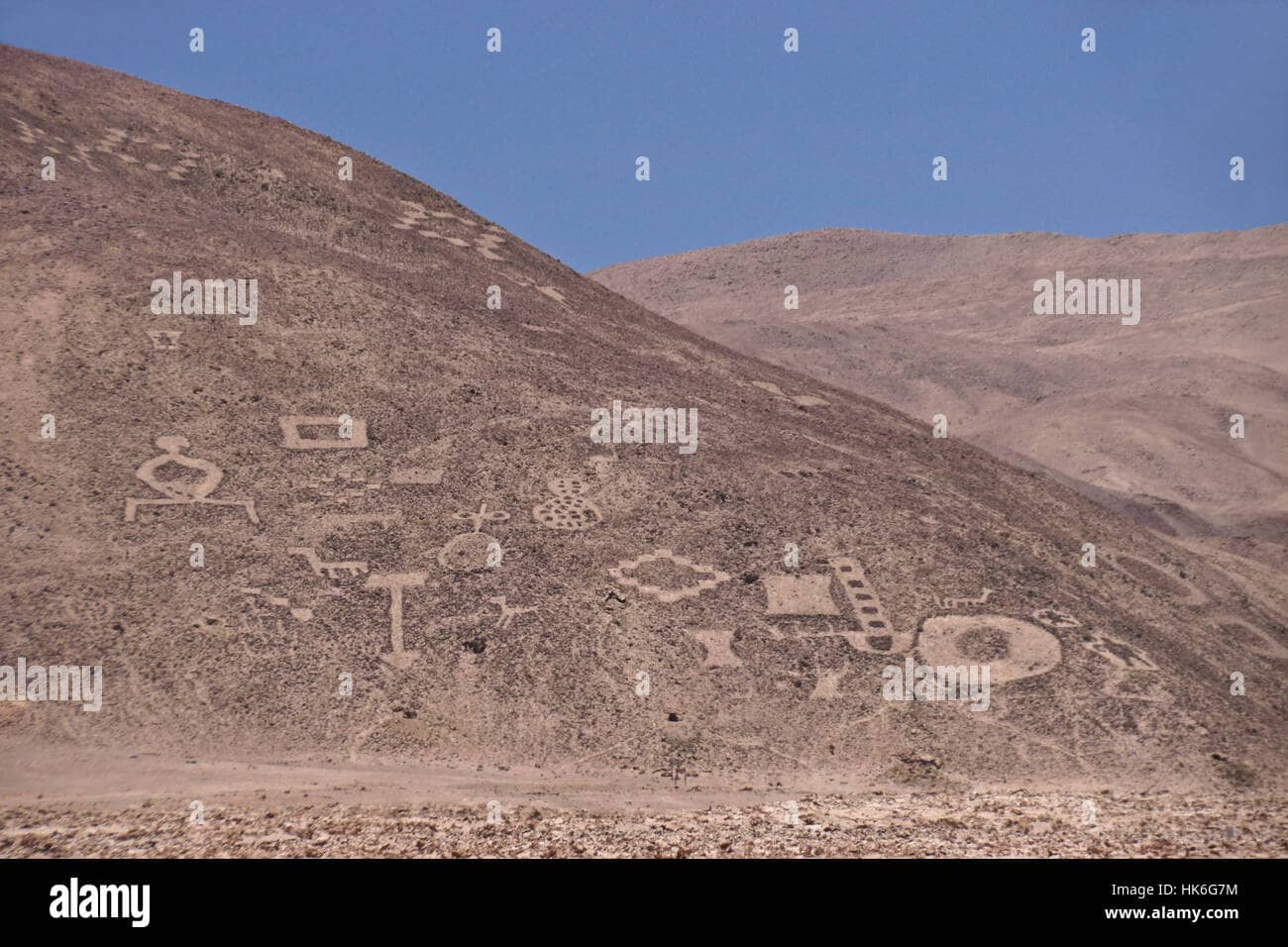
Geoglyphs of Pintados
Near Pintados
Ancient geoglyphs etched into the hillsides, offering a glimpse into the region's pre-Hispanic past.
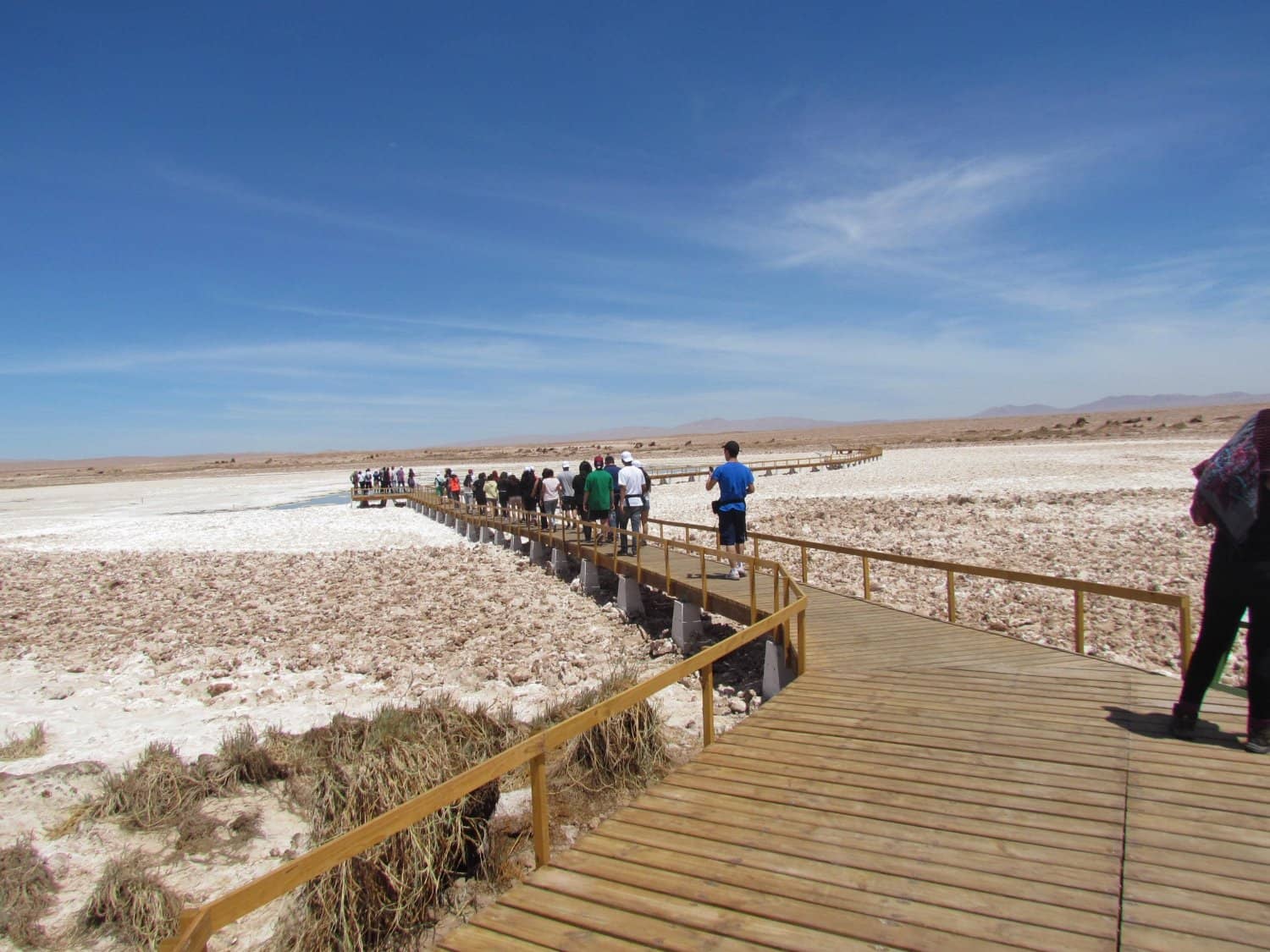
Birdwatching Opportunities
Various areas within the reserve
Spot unique desert-adapted birds like picaflowers and palomillas amidst the sparse vegetation.
Plans like a pro.
Thinks like you
Planning Your Visit
Embrace the Arid Beauty
Plan Your Visit Wisely
Best Times
Insider Tips
from TikTok, Instagram & Reddit
💧 Bring Plenty of Water
The desert is extremely dry. Carry more water than you think you'll need to stay hydrated.
☀️ Sun Protection is Key
High SPF sunscreen, hats, and sunglasses are essential due to the intense desert sun.
🥾 Sturdy Footwear Recommended
Explore the terrain comfortably and safely with good walking or hiking shoes.
🚗 Consider a Guide
A knowledgeable guide enhances the experience, explaining the unique ecosystem and history.
Tips
from all over the internet
💧 Bring Plenty of Water
The desert is extremely dry. Carry more water than you think you'll need to stay hydrated.
☀️ Sun Protection is Key
High SPF sunscreen, hats, and sunglasses are essential due to the intense desert sun.
🥾 Sturdy Footwear Recommended
Explore the terrain comfortably and safely with good walking or hiking shoes.
🚗 Consider a Guide
A knowledgeable guide enhances the experience, explaining the unique ecosystem and history.
🔭 Astropatrimonial Observatory
Visit the observatory for incredible stargazing opportunities in the clear desert skies.
What Travellers Say
Reviews Summary
Visitors praise the Pampa del Tamarugal for its unique desert oasis landscape, with vast tamarugo forests and intriguing geoglyphs. The staff are often described as helpful and friendly, enhancing the learning experience. However, the extreme dryness and remoteness require thorough preparation.
"Super helpful and friendly staff. Truly beautiful unique place."
Alex Irrazabal
"An extreme contrast, so many Tamarugo trees in the middle of the desert. Worth a visit but take a knowledgeable guide with you."
Hein van Leeuwen
"Dryest place un the world, with ubique Nitrate surface."
Marcel duhart
What People Like
What People Dislike
Frequently Asked Questions
🚇 🗺️ Getting There
The main access to Pampa del Tamarugal National Reserve is via Ruta 5 Norte. The reserve spans across the communes of Pozo Almonte and Huara in the Tarapacá Region. It's advisable to have a vehicle, preferably a 4x4, for exploring the vastness of the reserve.
Yes, Iquique is a common starting point for visiting the reserve. The drive can take a couple of hours depending on your specific destination within the reserve.
Public transportation directly into the reserve is limited. Most visitors opt for private vehicles or organized tours from nearby cities like Iquique.
Exploring with a knowledgeable guide is highly recommended to understand the unique flora, fauna, and historical significance of the geoglyphs.
The reserve is extensive, and while some areas are accessible by car, certain parts may require specific vehicles or guided tours. Always check current road conditions with CONAF.
🎫 🎫 Tickets & Entry
Entry fees may apply, and it's best to check with CONAF (Chilean National Forest Corporation) for the most up-to-date information on admission prices and operating hours before your visit.
Opening hours can vary, especially for specific facilities like the Astropatrimonial Observatory. It's recommended to confirm the current hours with CONAF or local authorities.
Camping facilities might be available, but regulations can change. It's crucial to inquire with CONAF about designated camping areas and any associated fees or permits.
While not always officially organized, many local guides offer tours that include visits to the geoglyphs. Hiring a guide is highly recommended for a richer experience.
The reserve is generally accessible year-round, but extreme weather conditions in the desert can occur. It's wise to check forecasts and CONAF advisories before planning your trip.
🎫 🧭 Onsite Experience
You can spot various desert-adapted birds like picaflowers and palomillas, as well as other small fauna. The tamarugo trees themselves are a significant part of the ecosystem.
The geoglyphs are ancient figures and patterns etched into the hillsides, created by pre-Hispanic cultures. The Geoglifos de Pintados are a notable site within the reserve.
Facilities can be basic in such a remote area. It's advisable to come prepared with all your necessities. Some areas might have limited services.
Expect an extremely arid desert climate with intense sun during the day and potentially cooler temperatures at night. The dryness is a defining characteristic.
The reserve is generally safe for visitors who are well-prepared. The main risks are related to the harsh desert environment, so staying hydrated and protected from the sun is crucial.
📸 📸 Photography
Capture the vastness of the tamarugo forests against the desert backdrop, the intricate details of the geoglyphs, and the stunning desert landscapes. The clear skies also offer incredible astrophotography potential.
Sunrise and sunset offer beautiful golden hour light, creating dramatic shadows and highlighting the desert textures. Midday sun can be harsh but also creates stark contrasts.
A wide-angle lens can be useful for capturing the scale of the geoglyphs and their surroundings. However, a standard zoom lens will also work well for details.
Generally, photography for personal use is allowed. However, always be respectful of the natural environment and any cultural heritage sites.
Yes, but always maintain a respectful distance and avoid disturbing the animals. Binoculars can be helpful for observing and photographing birds.
For Different Travelers
Tailored advice for your travel style
👨👩👧 Families with Kids
It's crucial to prioritize safety and comfort. Ensure children have plenty of water, sun protection, and wear comfortable shoes for exploring. The Astropatrimonial Observatory can be a magical experience for older children interested in space. Keep excursions short and engaging, focusing on the wonder of the desert environment.
🔭 Astronomy Enthusiasts
Beyond the observatory, simply being in the reserve at night provides a breathtaking spectacle. The Milky Way stretches across the sky with a clarity rarely seen elsewhere. It's an ideal location for astrophotography and for anyone seeking a profound connection with the universe.
🚶♀️ Hikers and Nature Lovers
Remember to be prepared for the extreme conditions: carry ample water, wear sturdy hiking boots, and protect yourself from the sun. The Geoglifos de Pintados also offer a fascinating cultural element to any hike. The quiet solitude of the desert provides a peaceful backdrop for nature lovers.
Deep Dives
In-depth insights and expert knowledge
The Resilient Tamarugo Tree
These forests are not just visually striking; they form a crucial ecosystem. They provide shelter and sustenance for various desert-adapted wildlife, including numerous bird species. The presence of these trees significantly impacts the local microclimate, offering a small pocket of relative humidity and shade. Visiting the reserve offers a profound appreciation for nature's ability to adapt and flourish even in the most challenging environments.
Efforts to plant more tamarugo trees are ongoing, aiming to restore and expand the forest cover. These initiatives highlight the importance of the tamarugo in the region's ecological balance and cultural heritage. The reserve serves as a living laboratory for understanding desert ecosystems and the resilience of plant life.
Unveiling the Ancient Geoglyphs
These ancient artworks are best viewed from a distance, allowing their full scale and design to be appreciated. The arid climate of the Atacama Desert has remarkably preserved these etchings for centuries. The Geoglifos de Pintados are part of a larger network of geoglyphs found across the region, many of which are still being studied and protected.
There's an ongoing effort to have these geoglyphs recognized as a UNESCO World Heritage site, underscoring their global cultural significance. Visiting these sites provides a unique opportunity to connect with the ancient history of the Atacama and marvel at the ingenuity of its former inhabitants.
Stargazing in the Atacama
The reserve is home to Chile's first Astropatrimonial Observatory, located in Pozo Almonte. This observatory is equipped with telescopes available for public use, allowing visitors to experience the wonders of the cosmos firsthand. It's a testament to the region's potential for astronomical tourism and scientific research.
Whether you're an amateur astronomer or simply captivated by the night sky, the Pampa del Tamarugal provides an unforgettable opportunity to witness the Milky Way in all its glory. The clear, unpolluted skies offer a profound connection to the universe.




Social
from TikTok, Instagram & Reddit